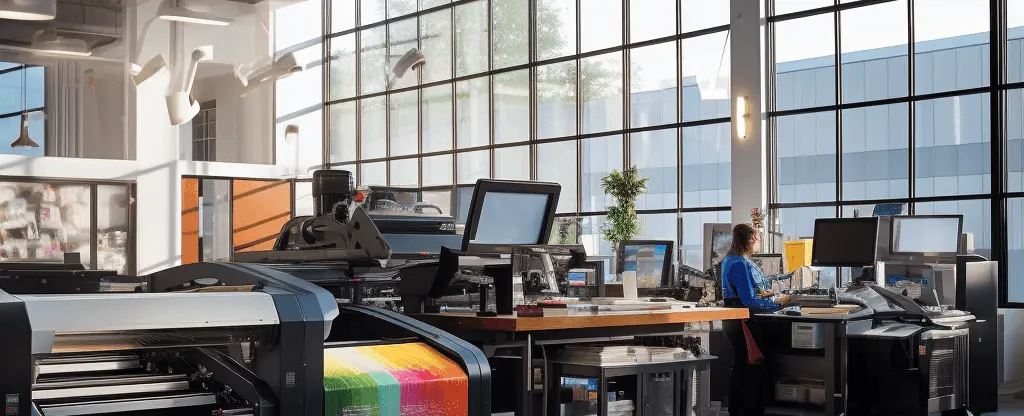Table of Contents
In my journey through the intricate world of printing, I’ve often pondered the digital vs. offset printing debate. Working with my family’s printing business, this question has been a recurring theme, presenting both challenges and learning opportunities. So, based on my experience, which method truly stands out for your project?
Understanding the Fundamentals
Let’s break it down. Digital printing is akin to your home printer, albeit significantly more advanced. Offset printing, however, is an intricate ballet of transferring ink from a plate to a rubber sheet and finally onto your printing medium. Complex, yes, but each method has its unique charm and utility.
Lessons from My Printing Odyssey
Reflecting on my early days in printing, I recall my initial encounter with an offset press. The complexity and precision were initially daunting, yet there was a certain elegance to it that captivated me. Digital printing, with its straightforwardness and flexibility, felt more familiar, like the many hours spent tinkering with computers in my youth. However, does this mean one is superior? Not quite.
The Agility of Digital Printing
Consider those moments when you need a quick, small-scale print job—perhaps a few dozen flyers or some last-minute business cards. Here, digital printing shines with its speed and flexibility. It’s about adaptability, a quality I’ve always held in high regard. But for larger volumes or when impeccable finish is key, digital might not be the ideal choice, particularly with potential variances in color accuracy.
The Majesty of Offset Printing
There’s an old adage that rings true with offset printing: “You get what you pay for.” While the initial costs are higher, the price per unit becomes more economical with larger volumes. And the consistency in color reproduction is unparalleled. I recall a project where a client demanded flawless color uniformity across thousands of prints—offset printing was the undisputed hero in that scenario. Considering the Environmental Impact
In today’s world, the environmental footprint is a critical consideration. Digital printing offers less waste for shorter runs, whereas offset is more energy-efficient for bulk printing. It’s a balancing act between efficiency and sustainability, and the choice often depends on the specific requirements of your project.
Final Thoughts
The decision between digital and offset printing hinges on several factors: budget, volume, turnaround time, and the desired quality of the final product. In my own experiences, certain projects were tailor-made for digital, while others clearly benefited from the precision of offset. It’s about assessing your needs and finding the right fit.

